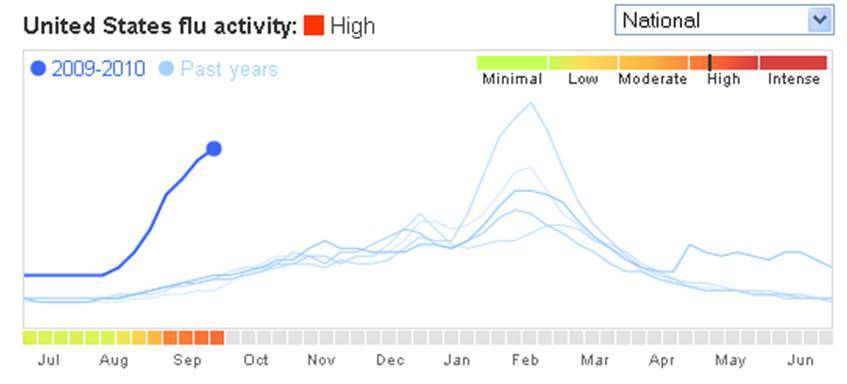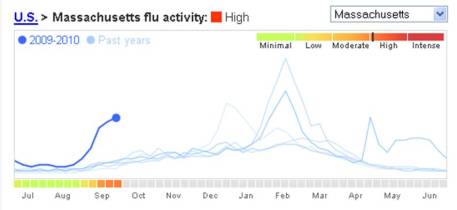 One of the biggest quandaries for health care communicators has been physicians’ enduring reluctance to broadly adopt social media.
One of the biggest quandaries for health care communicators has been physicians’ enduring reluctance to broadly adopt social media.
The big issue is control – or more precisely, the lack of it. The uncontrolled environment of most social media channels causes most physicians to hesitate and wait. In medicine, there’s a term “watchful waiting,” and that’s what happening here.
It’s one reason why Facebook has not been the doctor’s professional social network of choice. Its stubborn blindness to piracy is well documented. But as many writers have pointed out, Facebook’s control and privacy problems are also fundamental to its structure.
How?
In our offline lives, we share different things with family, work colleagues, and friends. Most of my extended family doesn’t care much about social media, and the people I work with aren’t very interested in my daughter’s track meet. That’s just how life works.
But Facebook lumps all our relationships into a single, undifferentiated blob. This is basically why doctors are nervous about Facebook. Some have addressed this issue online by creating separate Facebook and Twitter accounts for their personal and professional lives. But creating multiple online personalities can be a pain in the butt, and the risk of making career-threatening mistakes is high. Rather than experiment, a lot of doctors just ignore it.
Enter Google+. The big breakthrough here is that it gives you control of your privacy, on your terms. And it’s easy. No more trying to decode Facebook’s ridiculously obtuse privacy settings, and no more multiple accounts.
The key is in the Google+ idea of Circles. For everyone person who connects with you, you have the choice of adding them to a particular Circle in your life. Google sets you up with the basics: friends, family, etc. You can add your own. No one but you sees those Circles or their members.
When you want to share something, you get to pick the circles you want to share it with, share by share. The minions of Mark Zuckerberg are not making the decision for you anymore. It’s entirely up to you.
So doctors could have these kinds of circles:
- Colleagues: For asking about clinical advice, or just to vent about the latest health policy injustice.
- Patients: To share good articles that are relevant to the people they treat.
- Family and friends: When they just want to complain about the Red Sox, or share photos of the kids.
I wonder where medical societies would fit in?
I don’t profess to be an expert on Google+, but I know a possibility when I see one. This won’t take over the medical world overnight, but it bears watching.
UPDATE (Aug. 18): Two physicians recently expressed similar thoughts on KevinMD: Google+: Physicians Can Optimize Their Online Footprint




